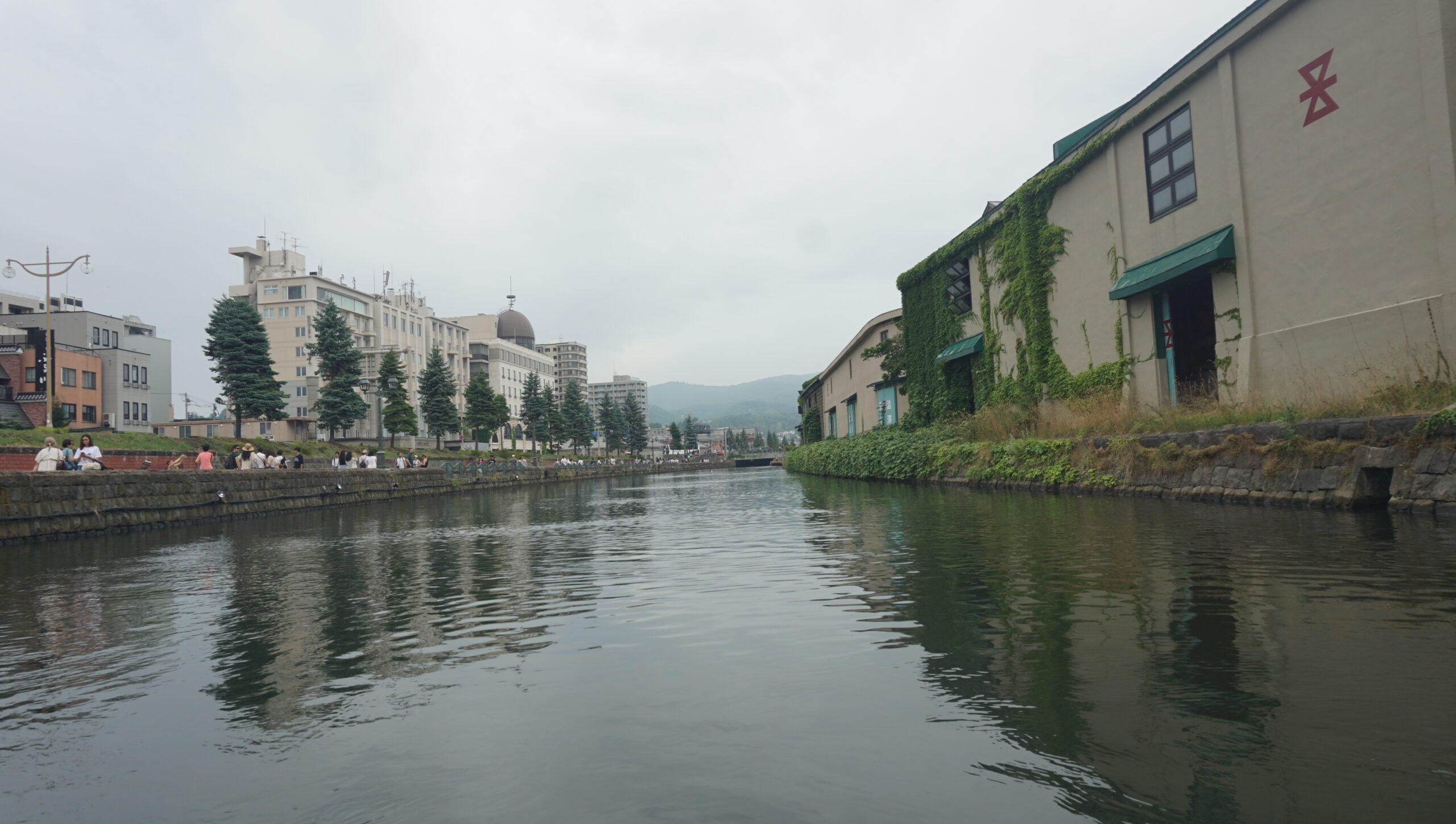Otaru Canal
From 1860 onward, beginning of the Meiji period, Otaru developed as a maritime shipping hub between Honshu, mainland Japan, and Hokkaido. It became an important port for shipping herring and coal from Hokkaido. To enhance its port functions, plans were drawn up for the construction of a canal to accommodate barges loading and unloading cargo from large ships anchored within the port.



Unlike typical canals, which are constructed by digging through land, this unusual canal was planned, with a reclaimed land area created on the sea, forming a waterway between the shore and the canal. As a result, various opinions were expressed regarding the canal construction plan, and the decision-making process was difficult. However, with the advice of Isamu Hiroi, a member of the second class of students at Sapporo Agricultural College who was educated by the second vice president, William Wheeler, a student of Dr. Clark, and who studied civil engineering in the United States and Germany after graduating from the college and who held a strong influence in the Japan Society of Civil Engineers, construction finally began in 1914 and was completed in 1923. This year marks the 102nd anniversary of the canal’s completion. As its name suggests, Sapporo Agricultural College was the predecessor of Hokkaido University’s Faculty of Agriculture, but from the time it opened, it was an educational institution offering a wide range of fields, not just agriculture, including civil engineering and chemistry.



The canal was completed after many twists and turns, but in 1927, shortly after the canal’s completion, the second phase of Otaru Port development began, gradually switching to a wharf system where large ships would dock directly at the pier and load and unload cargo. As a result, marine transport by barge began to decline, and by the 1970s, the canal’s role as a barge transport came to an end. With its role now fulfilled, a debate arose between those who wanted to fill in the canal for more effective use and those who wanted to preserve it as a tourist attraction.



This debate was settled in the late 1980s by filling in part of the canal and using the rest as a tourist attraction. Today, the area around Otaru Canal has become an international tourist city, attracting many tourists who visit the historic warehouses and former factory sites, as well as the various facilities that have been renovated from them.
